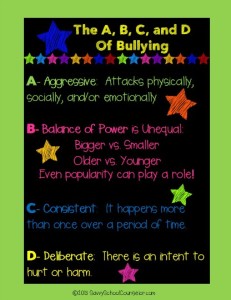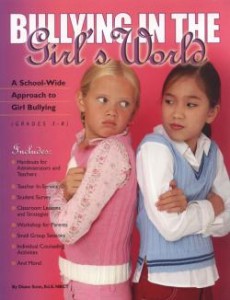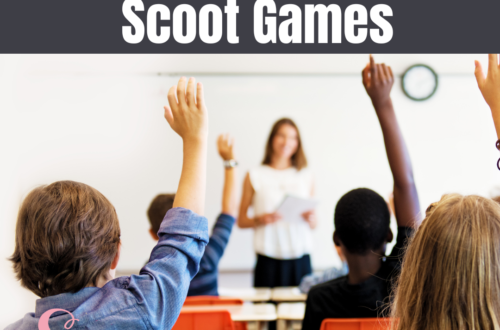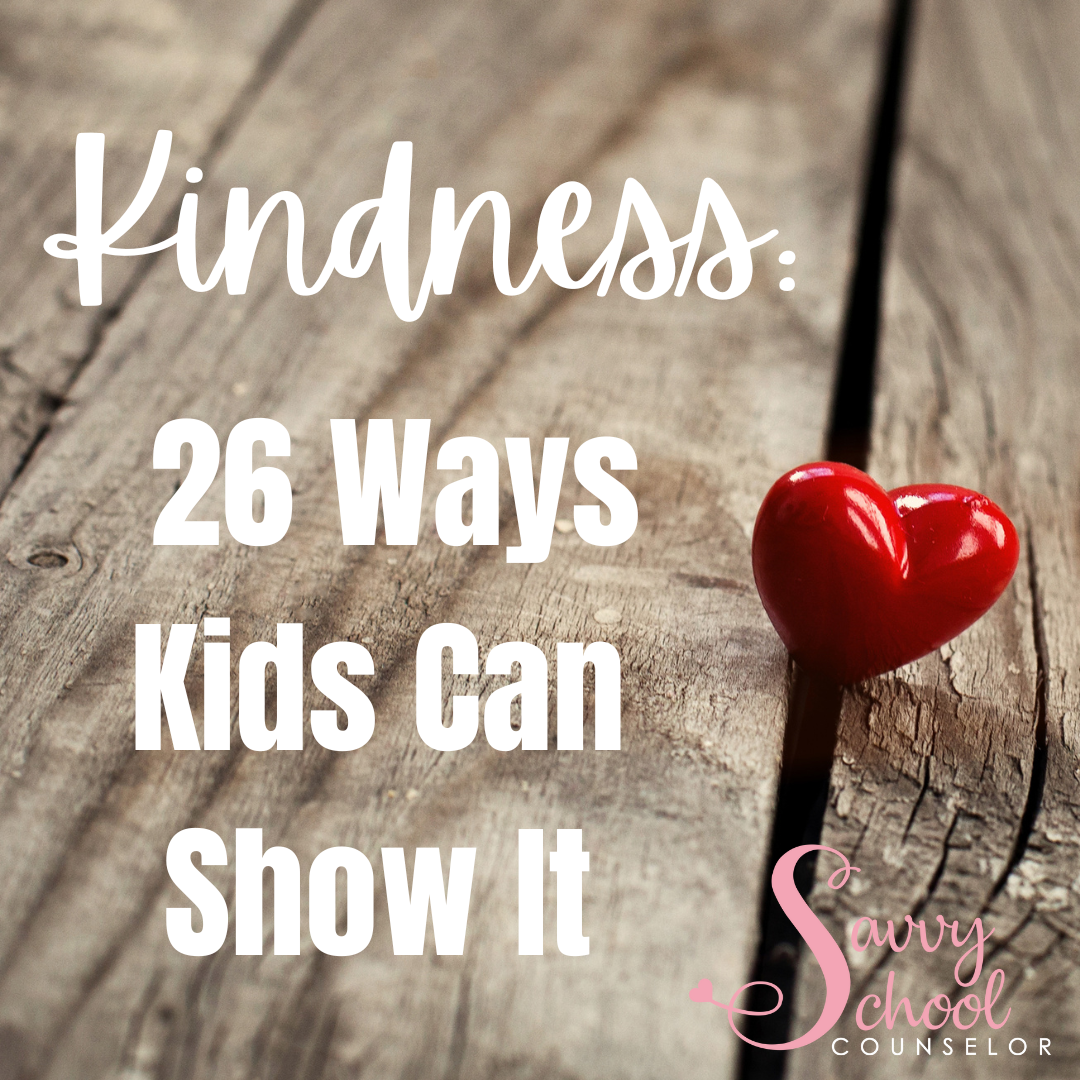The A, B, C, and D of Bullying
 With Bullying Prevention Month in full swing, I have been focusing on the subject in my school counseling lessons. A resource I’ve mentioned before that I really enjoy using is Diane Senn’s Bullying in the Girl’s World. This week, I began using the PowerPoint (that comes on the CD in the book) with my fifth grade friends. The PowerPoint is such a great discussion starter. I thoroughly enjoy using it with my students. This lesson is one time where we are simply having a discussion and nothing else. I once felt like I needed to come up with something for them to “do” while we went through the slides, but they are always so engaged that the PowerPoint is enough.
With Bullying Prevention Month in full swing, I have been focusing on the subject in my school counseling lessons. A resource I’ve mentioned before that I really enjoy using is Diane Senn’s Bullying in the Girl’s World. This week, I began using the PowerPoint (that comes on the CD in the book) with my fifth grade friends. The PowerPoint is such a great discussion starter. I thoroughly enjoy using it with my students. This lesson is one time where we are simply having a discussion and nothing else. I once felt like I needed to come up with something for them to “do” while we went through the slides, but they are always so engaged that the PowerPoint is enough.
It first asks the students to raise their hands if they have ever bullied someone. This is always interesting. I usually do have 2-4 students who are brave enough to admit this from the beginning. I always commend them for having the courage to raise their hands. After going through several examples of “bully behavior” another slide says to raise your hand if you’ve had bully behaviors. At this point, I’ll usually see more hands come up. Many students don’t realize what bullying truly is. Many are quick to say they are being bullied. This lesson really helps them understand more clearly. I’ve said it before, but this book is a must have for elementary and middle school counselors in my opinion. I LOVE it! The classroom lessons section is great for both boys and girls.
Dr. Robyn Silverman, a child development specialist, was a guest on Good Morning America yesterday. She was there to discuss an incident in the news that was being called bullying. She spoke about what bullying is and it fell right in line with the PowerPoint I have been using with my fifth graders. I loved her A, B, C, and D of Bullying. She says when determining if a situation is bullying or not, remember A, B, C, and D:
- A- Aggressive: Bullies attack physically, socially, or emotionally.
- B- Balance of Power is Unequal: The balance of power is usually unequal such as bigger vs. smaller and older vs. younger. I added Diane Senn’s point about the power of popularity.
- C- Consistent: Bullying happens more than once over a period of time.
- D- Deliberate: A person usually bullies with an intent to do hurt or harm.
I thought this information would make a great poster to put in classrooms to help students remember what bullying is. So of course once I got home, I made one. I envisioned the black background with the colored letters, but I decided to make one with a white background and a black and white version to give you options. You can download your free copy by clicking HERE or by clicking the picture of the poster at the top of this post.
I’ll be starting The Weird Series again with my 4th graders in November. I’m looking forward to doing those lessons again. If you don’t know about those wonderful books, just click HERE to see my three posts.
Stick around! You can follow Savvy School Counselor with free email updates. You can also follow my TpT Store to keep up with my latest products and freebies.





5 Comments
wyatthewonderdog
I absolutely LOVE the Weird Series and the kids do too. Thanks for the great poster on Bullying too!
Vanessa
You’re welcome! 🙂
Jo Howard
we use RIP as a way to help our kiddos learn about bullying
R–repeated
I-intentional
P-power over someone
Sara C.
Hi Vanessa! Could you share with me how you present/explain on the imbalance of power part? I feel alright with the size and age component, but I’m not certain how best to touch on the popularity piece because I generally don’t ever discuss this concept with my students. Thanks! Sara
Vanessa
Hi, Sara! If someone is popular, they may have more friends or more people who follow their way of thinking which may or may not be right. They can in turn use their popularity as power over others. I always explain to my students though that popular kids aren’t always bullies. It’s interesting how many kids say negative things when I ask what it means to be popular.